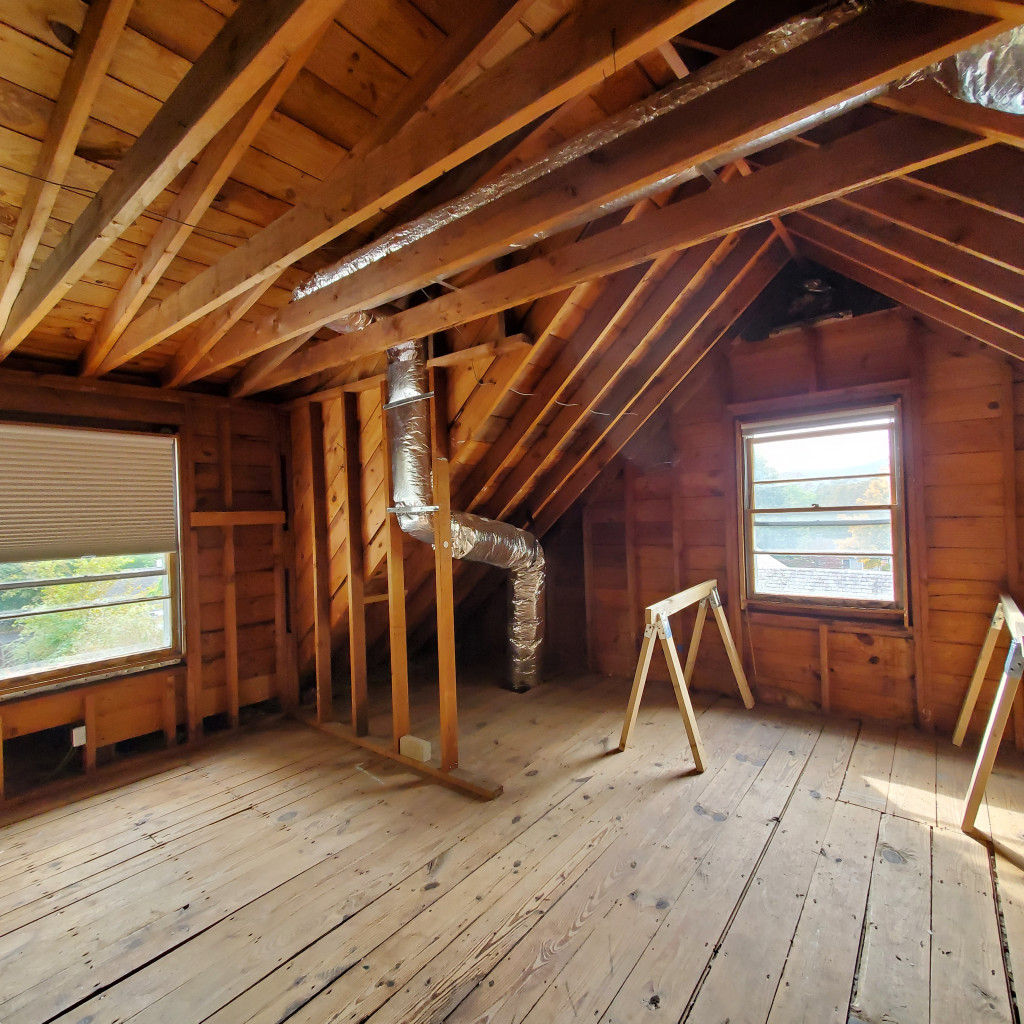The attic is often seen as a mysterious space within a home, a place where memories are stored and secrets may lie. This article delves into the multifaceted world of attics, exploring their historical significance, current uses, and tips for maintaining these often-overlooked areas. Understanding the attic can be crucial for homeowners, especially those looking to maximize their living space or preserve valuable items.
In many cultures, attics have served various purposes—from storing seasonal decorations to housing forgotten treasures. However, as living spaces evolve, the role of the attic has transformed, making it essential to comprehend its potential fully. This article aims to provide valuable insights into the different aspects of attics, ensuring readers leave with a newfound appreciation for this unique space.
Whether you’re considering converting your attic into a livable space or simply wish to declutter it, understanding the ins and outs of attics will empower you as a homeowner. Join us as we navigate through the intricate world of attics, packed with expert advice and practical tips.
Table of Contents
- 1. History of Attics
- 2. Modern Uses of Attics
- 3. Attic Conversion: Is It Worth It?
- 4. Maintenance Tips for Your Attic
- 5. Common Problems in Attics
- 6. The Importance of Insulation
- 7. Attic Storage Solutions
- 8. Conclusion
1. History of Attics
Historically, attics were often used as storage spaces for household items that were not in regular use. In many older homes, the attic served as a place to keep seasonal items, such as winter clothing or holiday decorations. Furthermore, attics also provided a space for the storage of valuables, as they were typically hidden from plain sight.
In the Victorian era, attics gained a more decorative purpose. They were often transformed into additional living spaces, with many families opting to utilize these areas as bedrooms or playrooms for children. This trend continued through the early 20th century, as homes began to feature more elaborate attics designed for leisure activities.
2. Modern Uses of Attics
Today, attics have evolved into versatile spaces that can serve numerous functions. Homeowners have started to realize the potential of their attics, leading to a surge in creative uses for this area. Some popular modern uses include:
- Home offices
- Guest bedrooms
- Creative studios
- Game rooms
- Reading nooks
3. Attic Conversion: Is It Worth It?
Converting an attic into a functional living space can be an excellent investment for homeowners looking to maximize their property’s value. However, it’s crucial to evaluate whether such a project is worthwhile based on various factors.
3.1 Planning Permission
Before embarking on an attic conversion, homeowners must check local building regulations and zoning laws, as a planning permit may be necessary. Regulations can vary widely depending on the location and the extent of the conversion.
3.2 Design Ideas for Attic Spaces
When designing an attic space, consider the following ideas:
- Utilize natural light with skylights
- Create built-in storage solutions
- Opt for light colors to enhance the feeling of space
- Incorporate cozy seating areas for relaxation
4. Maintenance Tips for Your Attic
Maintaining your attic is crucial to ensure its longevity and functionality. Here are some essential maintenance tips:
- Regularly inspect for signs of leaks or water damage.
- Keep the area clean and free of debris.
- Ensure proper ventilation to prevent mold growth.
- Check insulation levels and replace if necessary.
5. Common Problems in Attics
Attics can present various challenges for homeowners. Some common problems include:
- Moisture issues leading to mold and mildew.
- Pest infestations from rodents or insects.
- Insufficient insulation causing energy loss.
- Structural issues due to neglect or age.
6. The Importance of Insulation
Insulation plays a vital role in maintaining comfortable temperatures in your attic and throughout your home. Proper insulation can help:
- Reduce energy costs by minimizing heat loss.
- Prevent ice dams in winter.
- Improve indoor air quality by reducing moisture.
7. Attic Storage Solutions
If you’re using your attic primarily for storage, consider these effective storage solutions:
- Use clear bins for easy visibility of stored items.
- Install shelving to maximize vertical space.
- Label boxes for quick access to items.
- Consider climate-controlled storage for sensitive items.
8. Conclusion
In conclusion, the attic is a unique space with a rich history and an array of modern applications. By understanding the various uses and maintenance strategies for attics, homeowners can maximize their potential while preserving valuable items. If you're considering converting your attic or simply want to ensure it remains in good condition, the insights provided in this article will guide you in making informed decisions.
We encourage you to share your thoughts on attics or any experiences you may have had in the comments below. Don't forget to explore our other articles for more home improvement tips and ideas!
Thank you for reading, and we hope to see you back on our site for more insightful content!
February Flower Tattoos For Females: A Symbol Of Beauty And Strength
Miranda Comedian BBC: The Journey Of A Comedic Icon
Understanding J.T. Realmuto's Ethnicity: A Closer Look


:max_bytes(150000):strip_icc()/GettyImages-asbe-23ffcf9235454433820a71a249a1dfd4.jpg)